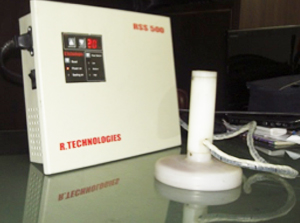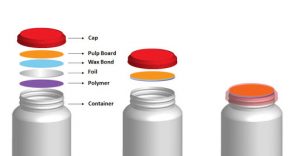The consumer should be able to use the product and be satisfied with its quality and authenticity. To seal any container opening, induction caps machine uses a film or disc to bind. At every opening event, this beautiful seal conserves and protects the contents within from leaking. Product theft is reduced due to this sealing, which ensures consumer satisfaction with the final product in hand.
Usefulness:
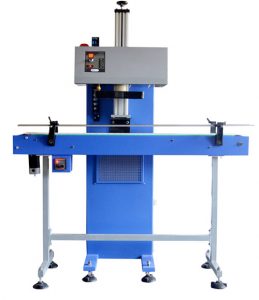 Different chemicals, tablets/drugs, and many highly combustible substances like gasoline or gas may be sealed using automatic induction cap sealing equipment. Product durability is ensured by induction cap sealing, which also prevents the product from coming into contact with oxygen, leading to fermentation or deterioration.
Different chemicals, tablets/drugs, and many highly combustible substances like gasoline or gas may be sealed using automatic induction cap sealing equipment. Product durability is ensured by induction cap sealing, which also prevents the product from coming into contact with oxygen, leading to fermentation or deterioration.
A cap moves over a controlled electromagnetic field created by an inductive coat sealing system in this high-class induction cap sealer’s functional design. Because of this powerful electric field, the whole circle of the cap generates a tremendous amount of heat, which stands like a container or reservoir on the person’s neck.
This contactless heat treatment closes containers securely with an enclosure that safely includes the sealable coatings on the container’s interior during application. According to the user’s demands, these cap sealers can modify practically any container type or dimension.
Unquestionably, the vessel’s size is restricted. It can consist of a raw pulpboard sheet, a wax sheet, thin aluminium foils, a thin polymer material layer, or even a sheet of G. I. Special sheets made of carbonate. The usage of internal sealing material for closed sealing depends on the shape and handling of the material to be packed and handled. One or more layers of the inner sealing material may be employed, depending on the application.
How Does It Work?
- The heat induction sealer (HIS) or heat induction liner is a critical component of the sealing process. The HIS Liner consists of four layers: Foil, polymer, pulpboard and wax coatings are used to protect surfaces. A wide range of sizes is available in nearly any standard or bespoke packaging need.
- It is a contactless method that heats an interior seal to cover plastic and glass containers. After the jar has been filled and sealed, this step is performed.
- The vessel’s closure is supplied with a liner. As the container passes through spiral induction, an electromagnetic field is generated that rotates. After passing over the induction coil, the film begins to warm up due to electrical currents.
- The seal is broken when the heat consumes the wax. As a result, the pulpboard gets saturated with foil. Also, the polymer film warms up and pours over the vessel’s bottom when it is heated.
- Polymer and bottle form a strong connection when the temperature drops. This results in a tight-sealed product. This technique of sealing does not influence the container or its contents.
Summing up, sealing is a critical packaging step. Consumers are more confident in products whose integrity is maintained. An actual product, free of spoilage and leaks, is also in the customer’s best interest.


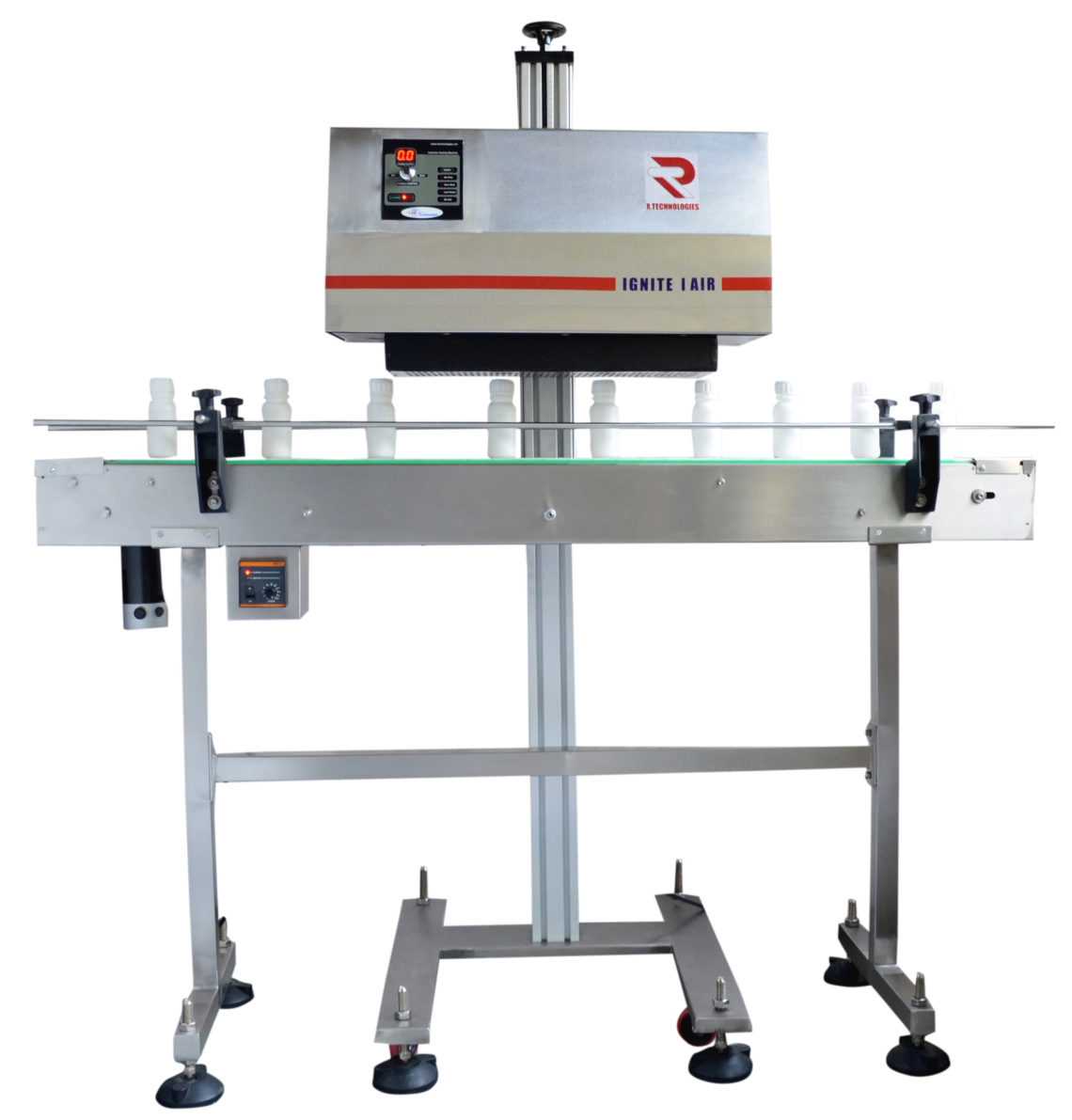
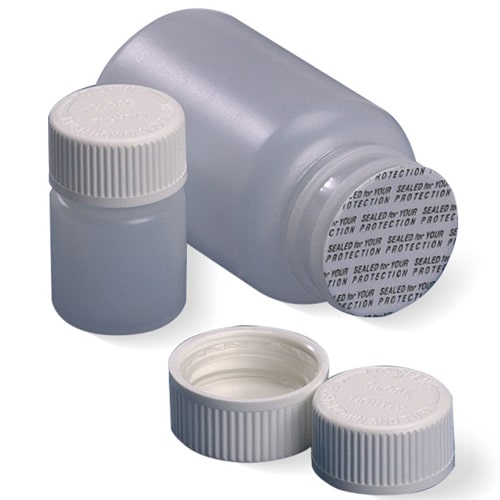
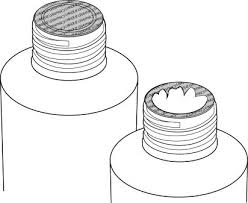 This occurs when the original medicinal product is taken from its container and replaced with an ineffective or fake version. Unaware consumers are exposed to severe risks.
This occurs when the original medicinal product is taken from its container and replaced with an ineffective or fake version. Unaware consumers are exposed to severe risks.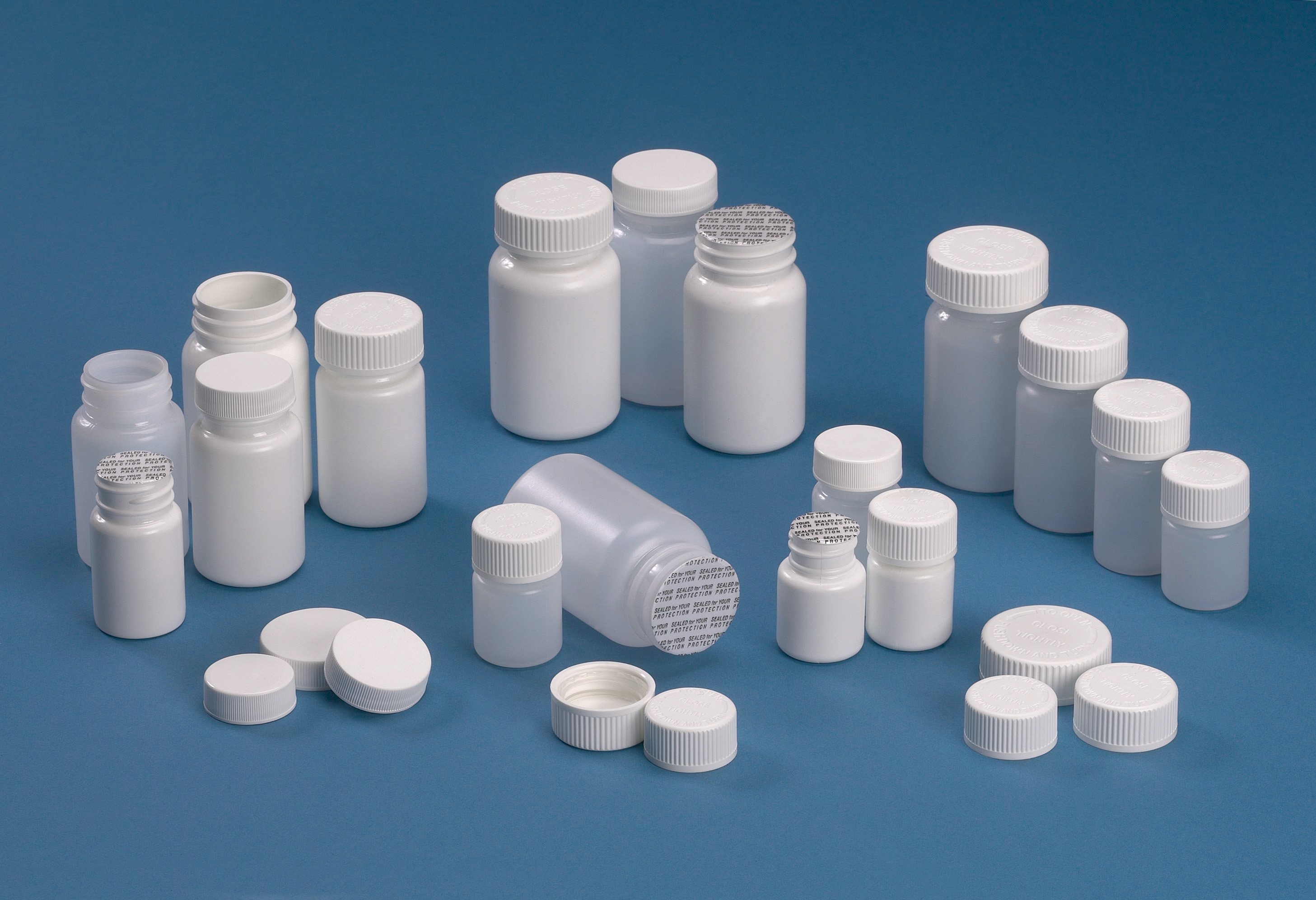
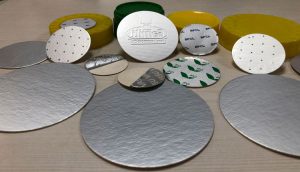 The induction cap sealing method may be explained in a few sentences. Induction heating is used to seal the bottle mouth with the liner within the cap. As the bottle is passed beneath the cap sealing machine’s head, the cap is sealed without touch.
The induction cap sealing method may be explained in a few sentences. Induction heating is used to seal the bottle mouth with the liner within the cap. As the bottle is passed beneath the cap sealing machine’s head, the cap is sealed without touch.